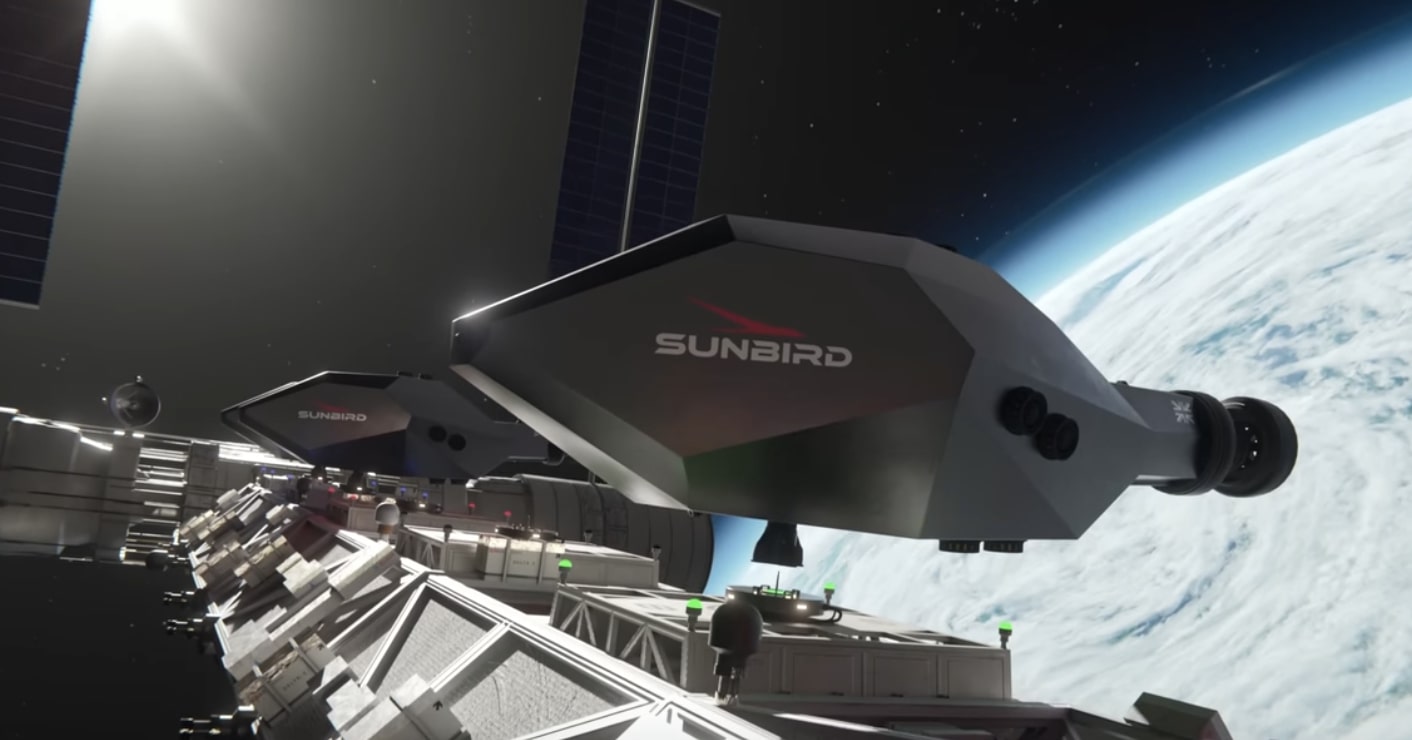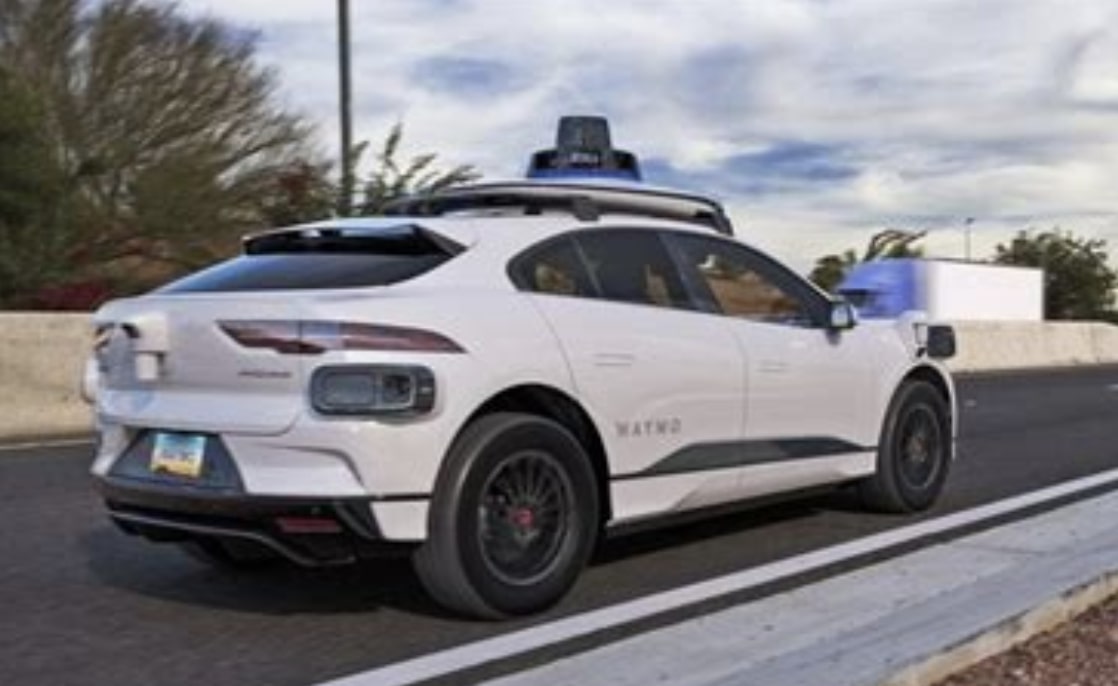Now Reading: Pulsar Fusion Sets Foot in Texas for Expansion
-
01
Pulsar Fusion Sets Foot in Texas for Expansion
Pulsar Fusion Sets Foot in Texas for Expansion

Quick Summary:
- Pulsar Fusion, a UK-based fusion propulsion company, is opening a new U.S. office in Austin,Texas to further its engagement with American clients and investors.
- The company has signed an agreement with Thales Alenia Space (TAS) for the live test-firing of Pulsar’s 5kW MOONRANGER Hall-effect thrusters.
- Their Sunbird spacecraft platform will utilize advanced Dual Direct Fusion Drive (DDFD) technology, producing up to 2 MW of power and achieving exhaust velocities between ~98,100-147,150 m/s.
- Pulsar plans to test nuclear fusion technology in space by 2027; components may be trialed as early as this year.
- Potential outcomes include:
– Reducing delta-V burden on launch vehicles by up to 50% for interplanetary missions (Mars/Jupiter/Saturn).
– Faster transit times: Pluto in ~4 years, Mars cargo delivery within roughly six months (~150 days).
– Enhanced power capabilities onboard spacecraft for systems like laser interaction and refrigeration without relying on solar arrays.
– Reusability for lunar commerce applications via LEO-to-moon supply hubs.
Indian Opinion Analysis:
Pulsar Fusion’s developments represent critically important strides toward revolutionizing space logistics and reducing costs associated with complex missions. The implementation of fusion propulsion could redefine how both manned and unmanned missions reach destinations across the solar system. India should take keen interest in such advancements given its growing commitment to space exploration thru organizations like ISRO.
Key implications include greater feasibility for outer planet exploration due to reduced reliance on large chemical rockets facilitating lower propellant usage-an area that could align well with India’s future ambitions. Furthermore,enabling faster travel times broadens possibilities not just commercially but also scientifically (e.g., probe deployment at Jupiter or Titan). Collaborative efforts or knowledge sharing agreements between Pulsar Fusion and nations exploring similar technologies could benefit India’s own long-term plans.
The establishment of texas-based operations underscores an urgency among private entities worldwide to stake claims within evolving spatial economies-a reminder that India must encourage domestic innovation while ensuring it remains competitive globally.
























